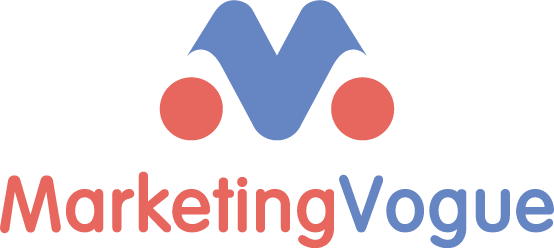No matter where you are in your partner marketing journey, understanding and measuring ROI is key to maintaining momentum.
To explore how organizations are building partner programs that achieve the highest ROI, Michael Latchford, VP of Strategic Alliances and Partner Marketing Services, spoke with three partner marketing leaders: Kathleen Tandy (VMware), Eric Pan (Oracle), and Samara Halterman (Pure Storage). Here are some key takeaways from their conversation.
Developing Sustainable, Successful Partnerships
All the panelists agree that automation systems play a crucial role in driving success, especially from planning through execution. These systems help streamline tasks and reduce administrative work, allowing teams to focus on more strategic activities.
“We’re preparing to launch an automated DF planner on our platform, which is based on E2open,” says Kathleen Tandy from VMware. “Having an end-to-end system that automates planning with partners, connects to execution platforms, and ties back to claims is essential for maximizing resources and delivering a better partner experience.”
When teams can automate tedious tasks, they have more time to innovate and work on higher-value areas, says Samara Halterman from Pure Storage.
For Oracle’s Eric Pan, setting clear expectations and goals is a key success factor. “We provide a simple template to all channel partners that helps them lay out their plan. This template covers 1) overall sales team goals, 2) marketing pipeline metrics, and 3) any MDF requests from the partner,” he explains.
Tracking and Measuring Partner Success
Continuous feedback and reliable data are vital for assessing campaign and partner performance. But as all three experts emphasized, organizations need to establish strong processes for analyzing data and making adjustments.
“We’re still in the benchmarking stage,” says Samara Halterman. “We’re focused on understanding where we are, what to measure, and setting clear goals for each partner type.”
There are three main areas to track partner success: total investment, pipeline, and bookings.
“We measure pipeline in two ways,” explains Kathleen Tandy. “We track partner investments and total pipeline created, looking at a two-month rolling investment compared to the output. We also measure bookings to understand not just pipeline creation, but how high-quality that pipeline is.”
Ingredients for Delivering More ROI
To drive optimal results, teams must understand their audience deeply and tailor their messaging accordingly. Generic messaging won’t resonate as well as a personalized approach. The goal is to offer real value at every stage of the program.
“Why should someone care about this? What’s the value for them?” echoed the panelists. This mindset should guide every step, from program development to launch.
For sustained growth, this ongoing evaluation is essential, even after the program has launched. For Eric Pan, quarterly business reviews are key to identifying strengths and addressing weaknesses.
“We analyze what’s working and what’s not,” he says. “We have metrics that show the pipeline value generated by the marketing dollars spent. In our quarterly reviews, we focus on improving areas that need work and doubling down on what’s working.”
By continuously refining strategies, teams can ensure their partner programs deliver maximum ROI.
For more expert insights, consider following Marketing Vogue’s Partner Marketing Visionaries webinar series.


